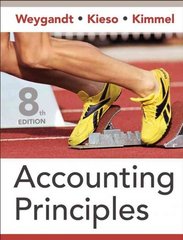Answered step by step
Verified Expert Solution
Question
1 Approved Answer
Hello again , there are 2 theoretical part attached in seminar 4-5 file : 1/ q1 answer c can you write it in a very
Hello again , there are 2 theoretical part attached in seminar 4-5 file : 1/ q1 answer c can you write it in a very simple English words with mobile bill example . 2/ q 3 also can you write it in simple English words with electricity example 3/ the ppt file if you can surmised it in 3 points each slide with very very simple English words Note: i need it in 3 hours please and I cant increase the price , please
Step by Step Solution
There are 3 Steps involved in it
Step: 1

Get Instant Access to Expert-Tailored Solutions
See step-by-step solutions with expert insights and AI powered tools for academic success
Step: 2

Step: 3

Ace Your Homework with AI
Get the answers you need in no time with our AI-driven, step-by-step assistance
Get Started


